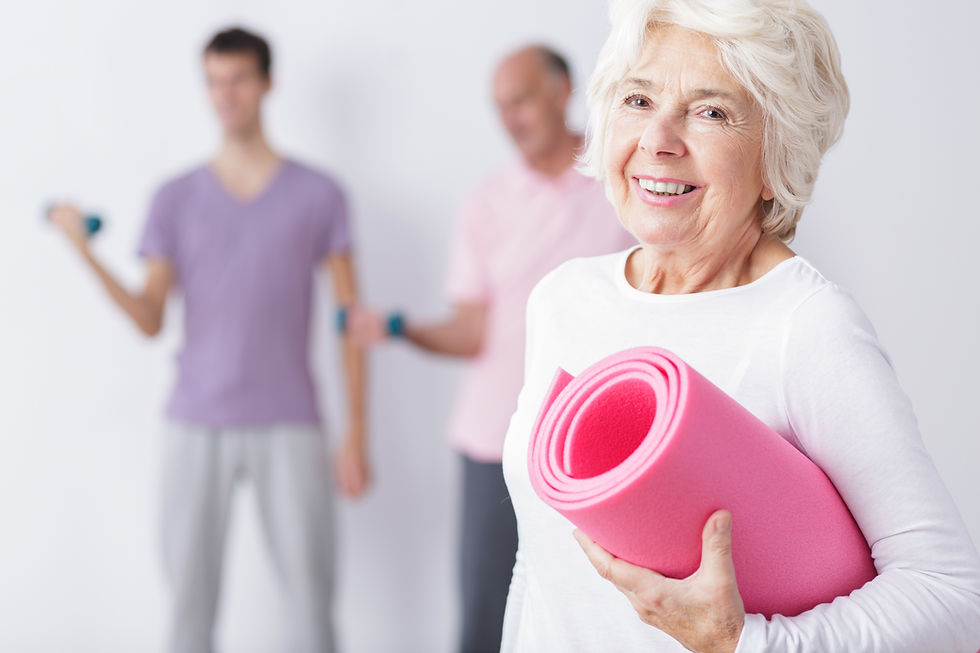Lateral Hip Pain - The latest research on how to change your pain!
- promotionphysio
- Feb 6, 2019
- 2 min read
Persistent lateral hip pain is a common condition in women over 50 with 1 in 4 suffering from the diagnosed Gluteal Tendinopathy. Gluteal tendinopathy can have similar effects on quality of life as severe hip arthritis and until now there has not been high quality research into the management of this condition. The British Medical Journal released this fantastic image to summarise the recently released high-quality LEAP trial Mellor et al. (2018) conducted by researchers on the east coast of Australia.

Patients normally present with a gradual onset of pain around the hip, particularly pain at night and when lying on either the affected side or the other side. Pain may also present when taking the first few steps in the morning, moving from a seated position to standing, climbing stairs, sitting in a low chair or sitting cross legged. Standing on one leg or carrying children can also reproduce pain. Gluteal tendinopathies can greatly impact your daily activities. Whether that is through lack of sleep, inability to walk normal distances or climb stairs without pain or the inability to sit or stand for long periods.
This research highlights that for the best outcome, management must focus on a combination of education and progressive loading exercises.
In order to reduce symptoms and improve function, it is important to avoid positions that load the tendon such as sitting cross-legged, sitting in a low chair or carrying children on hips. Exercise must involve a specific and graduated loading program including movement retraining, specific strengthening for the hip and thigh muscles as well as challenging dynamic control of these muscles during functional activity.

The results of this study showed that an 8 week program of education and exercise (EDX) had an impressive 77.3% success rate in comparison to the cortisone (CSI) (58.5%) and wait and see (WS) approach (29.4%). Even more impressive is at the 1 year follow up the education and exercise group had increased further to a 78.6% success rate with the cortisone and wait and see approach at 58.3% and 51.9% respectively. This tells us that a 1 year post, the success rate did not differ significantly from cortisone injection or simply wait and see.
At PROmotion, movement is our medicine so if you would like to tackle your lateral hip pain head on and improve the way you move then contact the team at PROmotion and to start your rehab journey!
.png)






Comments